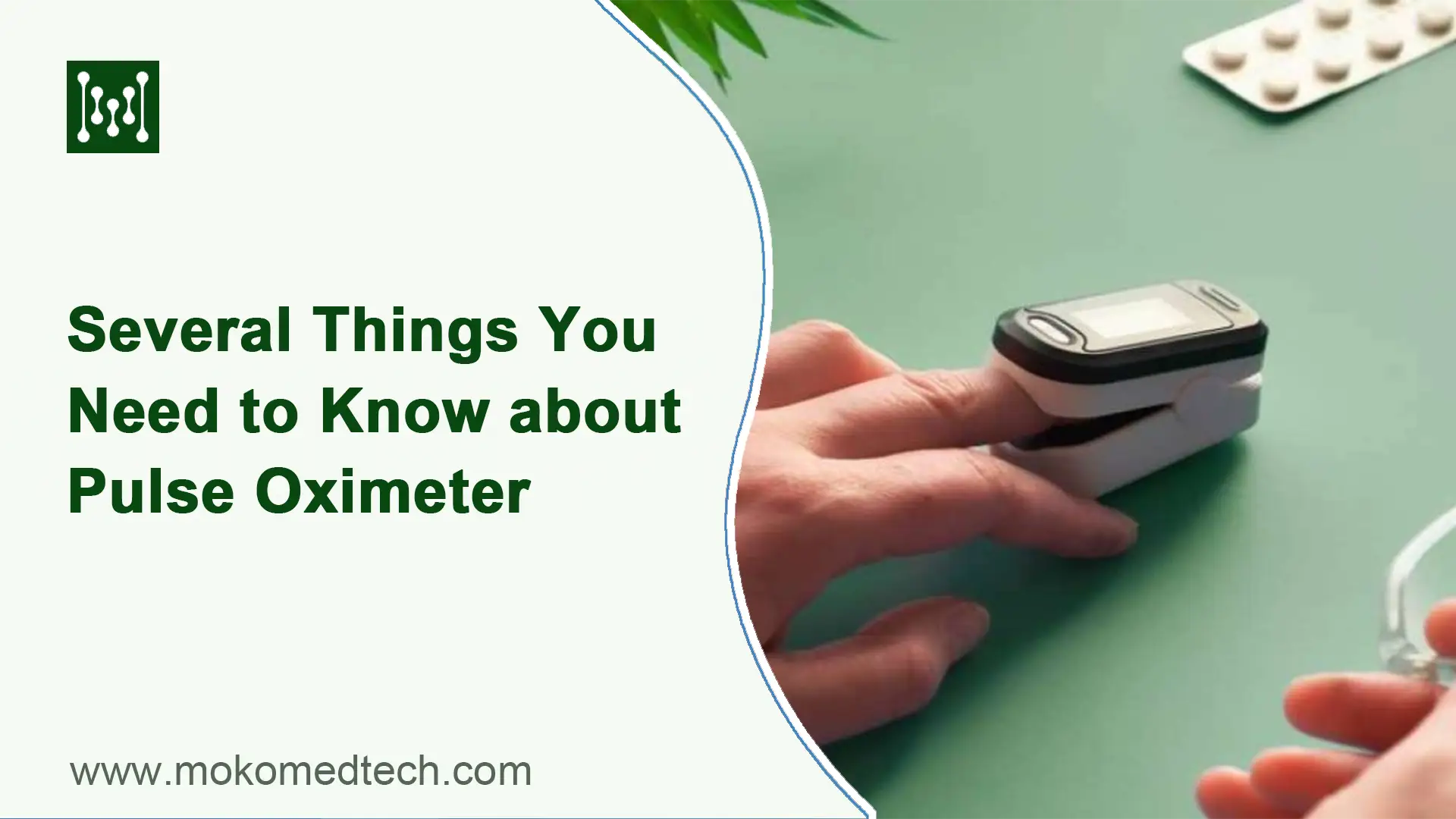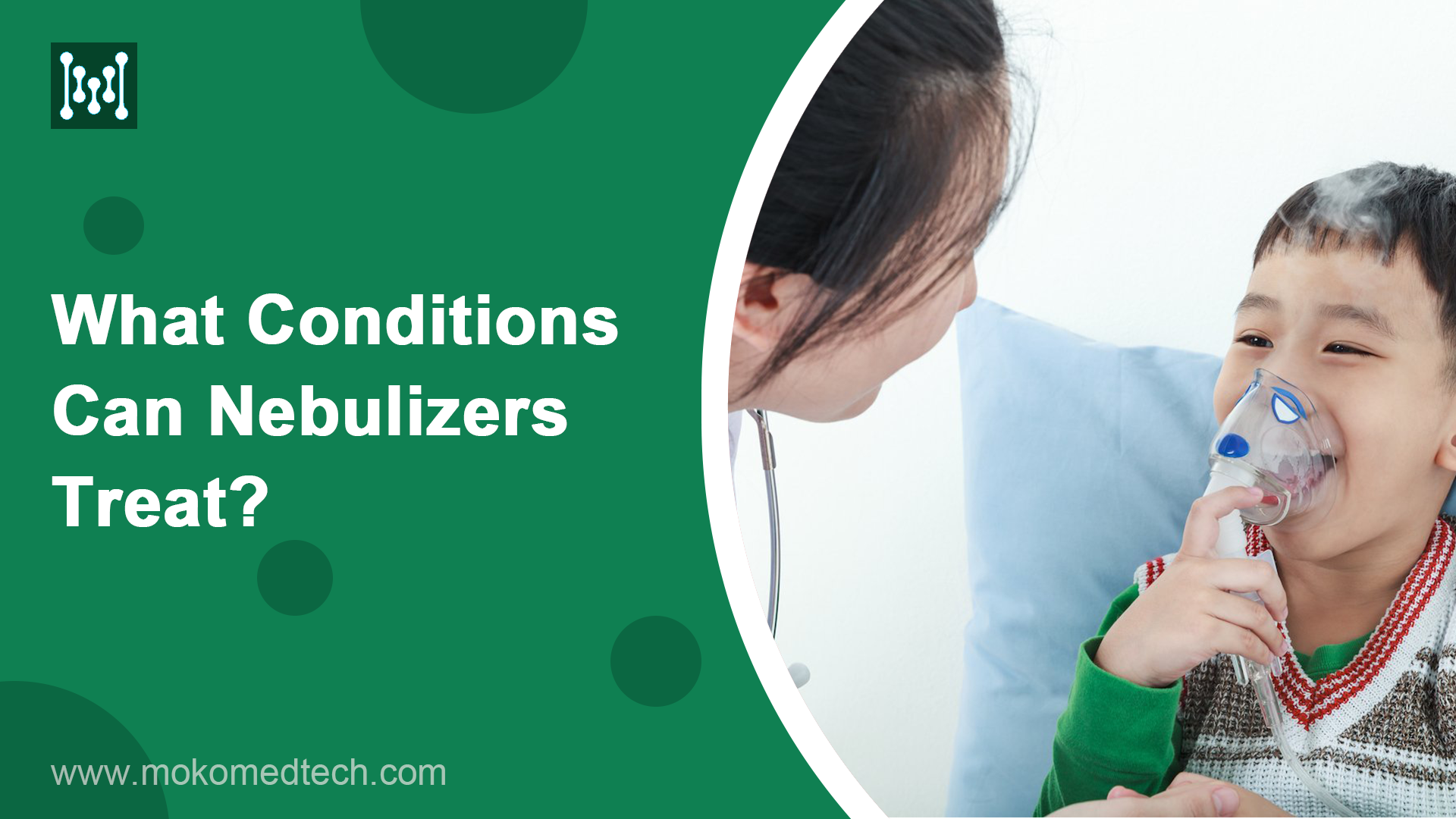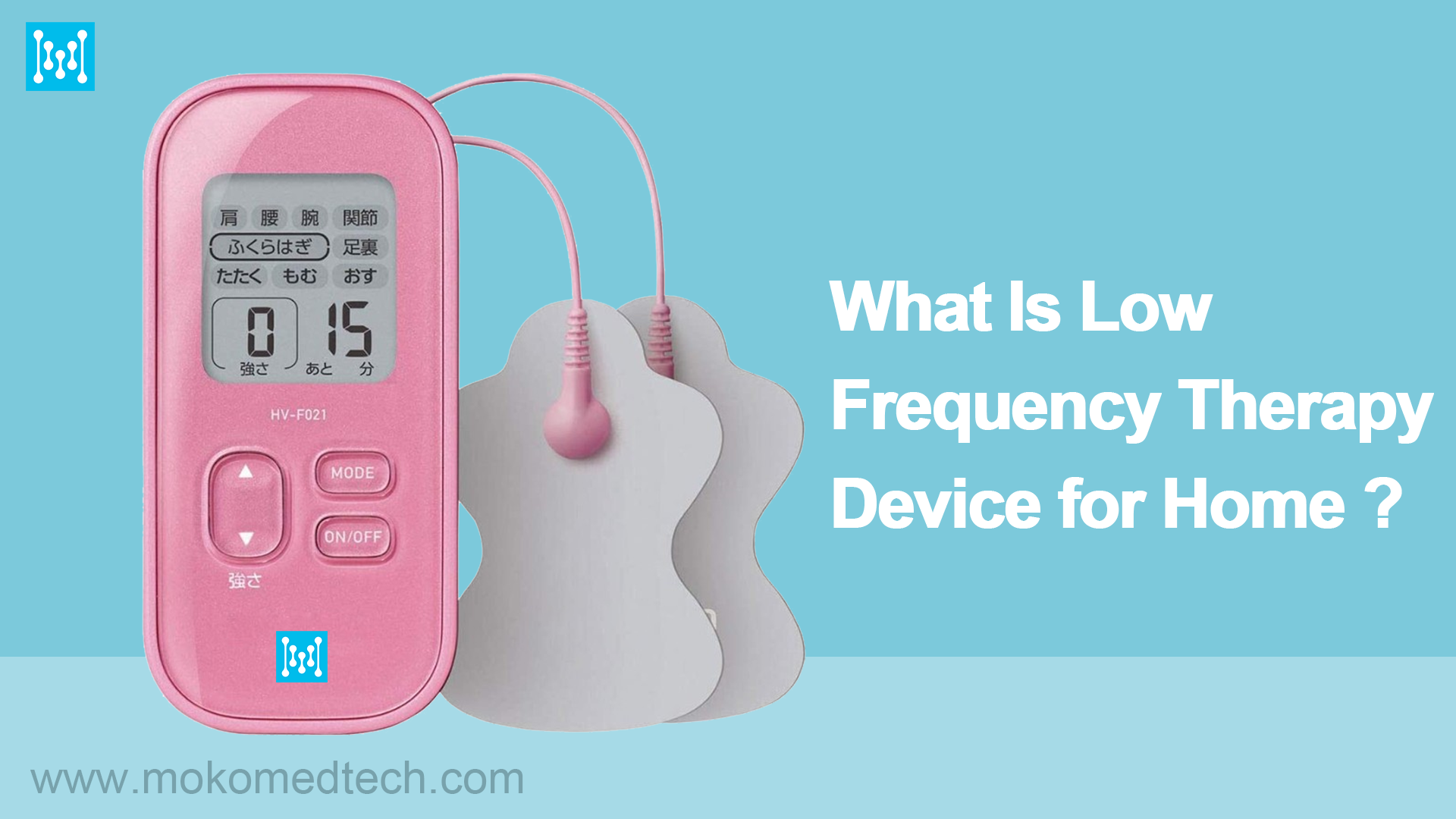Studies have shown that the home oximeter is mainly suitable for diseases that require real-time monitoring of blood oxygen saturation. It is included chronic respiratory and circulatory diseases, chronic cardiovascular diseases, as well as elderly patients, community healthcare Settings and daily home health monitoring. The non-invasive portable oximeter plays a very important role in prevention and monitoring in daily life and during the special period of the COVID-19 outbreak, because it is simple and easy to operate.
Many people in life need to regularly measure blood oxygen saturation, such as patients with vascular diseases, patients with respiratory diseases, elderly people over 60 years old, people who work more than 12 hours a day and long-term alcoholism.
What is Oximeter
Oximeter is also called pulse oximeter. It is a non-invasive instrument commonly used in clinical practice to measure blood oxygen status, which is used to measure human blood oxygen saturation and other data. The data mainly include pulse rate, blood oxygen saturation and so on. Nowadays, there are three main types of home oximeters on the market. They are clip-on pulse oximeter, palm-type pulse oximeter and wearable pulse oximeter.
Should You Really Have a Home Oximeter?
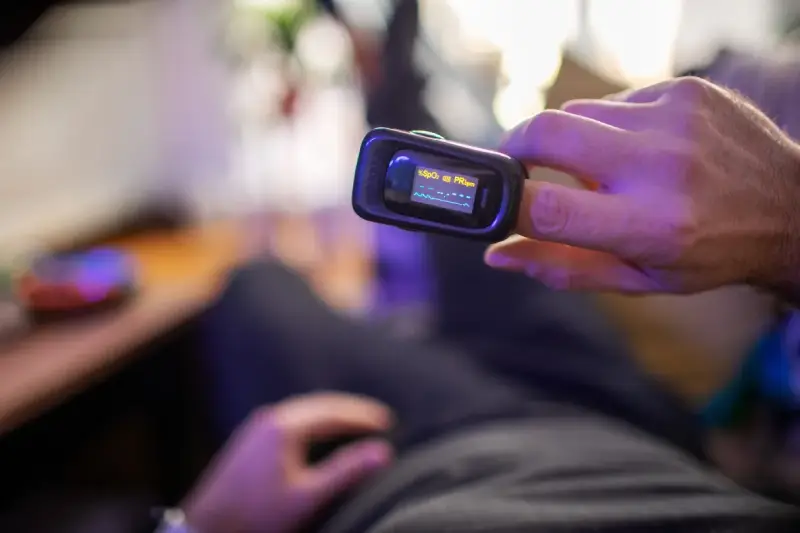
Oximeters are widely used for people of different ages, genders and physical health conditions. They are suitable for all kinds of health control, such as health management, medical care, rehabilitation and so on. Its special features and real-time monitoring make homecare become a better health experience. Patients in the rehabilitation period can also constantly measure the body data through the blood oxygen meter to grasp the recovery progress and status.
Oximeter is a very practical and high quality home medical device nowadays. It meets the requirement of raising awareness of health self-management in society, so it deserves more attentions. Under normal circumstances, it is not necessary for the family to buy blood oxygen meter, unless you have the following people at home.
- Patients with underlying diseases such as hypertension, hyperlipidemia, diabetes, coronary heart disease, chronic bronchitis, etc.
- Patients taking immunosuppressants for a long time;
- Tumor patients;
- Families with the elderly, infants and young children.
Types of Oximeter
1. Nail oximeter is a new type of non-invasive oximeter. It can accurately assess a patient’s blood oxygen level by examining measurements taken from a fingernail or toe on the body’s surface. It can also detect information such as heart rate index and sleep quality. Nail oximeter is of great significance in medical field. Because it can quickly and accurately detect the blood ammonia level of patients, it provides more evidence and help for doctors to provide more diagnoses.
The working principle of the nail oximeter is not too complicated. Combined with detailed sensor and backlight technology, it mainly uses lasers to emit infrared radiation of different frequencies as well as to measure the intensity of light reflected on the surface of the nail or toe. In this way, the patient’s blood oxygen level can be accurately measured.
2. Palm-type pulse oximeter is a common blood oxygen detection device. When using it, the patient needs to connect the wire connected with the clamp end to the connection port of the palm oximeter, and then connect the clamp end to the finger of the tester.
However, sometimes patients need blood oxygen testing for a long period of time, so they need to wear a detection device in real time. The palm pulse oximeter has a long wire to connect with the gripper end. This design will not be convenient for the detector to wear in real time. Moreover, compared with the finger oximeter, although the palm-type oximeter itself has a stronger detection function, its volume is larger. Therefore, for the patient, it is not convenient to carry the blood oxygen meter and wire during the walking. Thus cannot achieve the purpose of real-time monitoring of blood oxygen.
3. Benchtop oximeter is larger and more complete than other pulse oximeters, which can test other vital characteristics such as heart rate. At the same time, the benchtop oximeter is relatively more accurate. It can even continuously test blood oxygen saturation, so hospitals generally use benchtop oximeters. If there are people with related diseases at home, table oximeter is a good choice. However, benchtop oximeters are too bulky to be carried easily.
4. Wristband oximeter is characterized by small size and light weight. It is not only available for home use, but also for clinical monitoring of patients in the hospital for a long time. The product is worn on the wrist through a wristband with an external blood oxygen saturation sensor. Besides, it can be connected to the APP via Bluetooth in order to transmit data to digital devices in real time for analysis and feedback.
How to Choose Your Home Oximeter
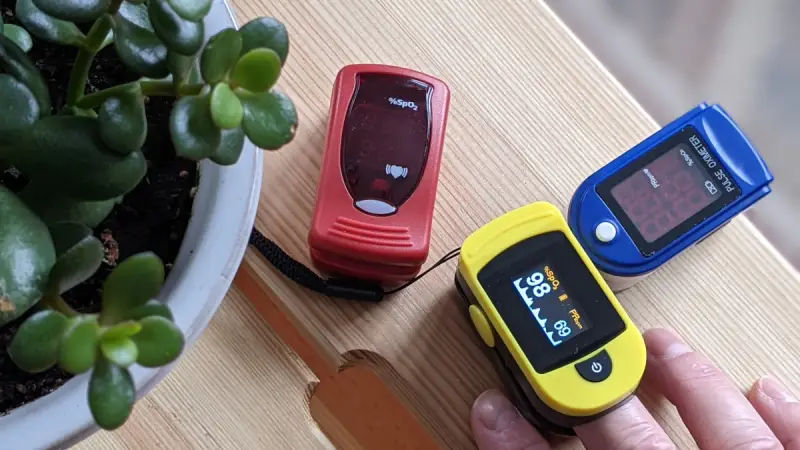
Nowadays, keeping healthy is paid more and more attention. With the enhancement of people’s awareness, the instrument to detect the physical health status is also more and more concerned by everyone. Oximeter is one of them. It can measure fingertip oxygen saturation and heart rate, so it is widely used in clinical medicine and home health monitoring. However, the price of oximeters on the market varies widely. How do you choose a suitable home oximeter? Here are a few points to pay attention to.
Proper Brand
First of all, we must choose a good reputation of blood oxygen meter brand. As we all know, the products on the market are mixed, while some well-known brands of blood oxygen meters are more strict due to quality control. Moreover, its accuracy is more reliable. For example, moko medtech OEM oximeters can be purchased in bulk without any worry.
Accuracy
Secondly, accuracy is also an important factors to judging the quality of a blood oxygen meter. An accurate oximeter helps you understand your health condition and take timely measures. It is recommended to compare the test result of home oximeter to test results by hospital equipment. An oximeter with a reading that deviates too much is obviously not suitable for daily use.
Price
In addition, price is also one of the factors to consider. On the market, the price of blood oxygen meters dazzlingly ranges from dozens of yuan to hundreds of yuan. If there is a big difference in price when the brand and accuracy are similar, then we need to think about whether it is worth paying more for it. It is more effective to compare prices from multiple ways so as to choose the right oximeter for you.
Convenience
Last but not least, ease of use cannot be ignored. If the operation of a high-precision oximeter is too complicated, the buyer will have a bad use experience, such as difficult or cumbersome use. In the personal purchase, you can first understand the use experience through various aspects, and then insist on choosing the home oximeter with a simple and direct operation and easy usage.
In summary, purchasing the right home oximeter needs to focus on a well-known brand, high accuracy, reasonable price, easy usage of products.
We moko medtech hope give you some inspiration. To heal, to regroup. Starting from small things can make our bodies healthier and happier.
Conclusion
The measurement results of oximeter used at home were compared with those of oximeter used at hospital. The results showed linear accuracy and no significant difference between the above two.
In the diagnosis and screening of obstructive sleep apnea hypopnea syndrome, the readings of home oximeter were compared with those of multi-parameter monitor and ECG monitor. There is also no obvious discrepancy, while the time of the former was shorter.
At present, the portable non-invasive blood oxygen saturation monitor, which has been applied in clinic, has been relatively mature. It is not only light in size, easy to carry and wireless transmission, but also can meet the needs of accuracy and stability for general clinical use. It avoids the disadvantages of traditional blood oxygen saturation detection, such as invasive, easy to be infected, and unable to obtain real-time data.

